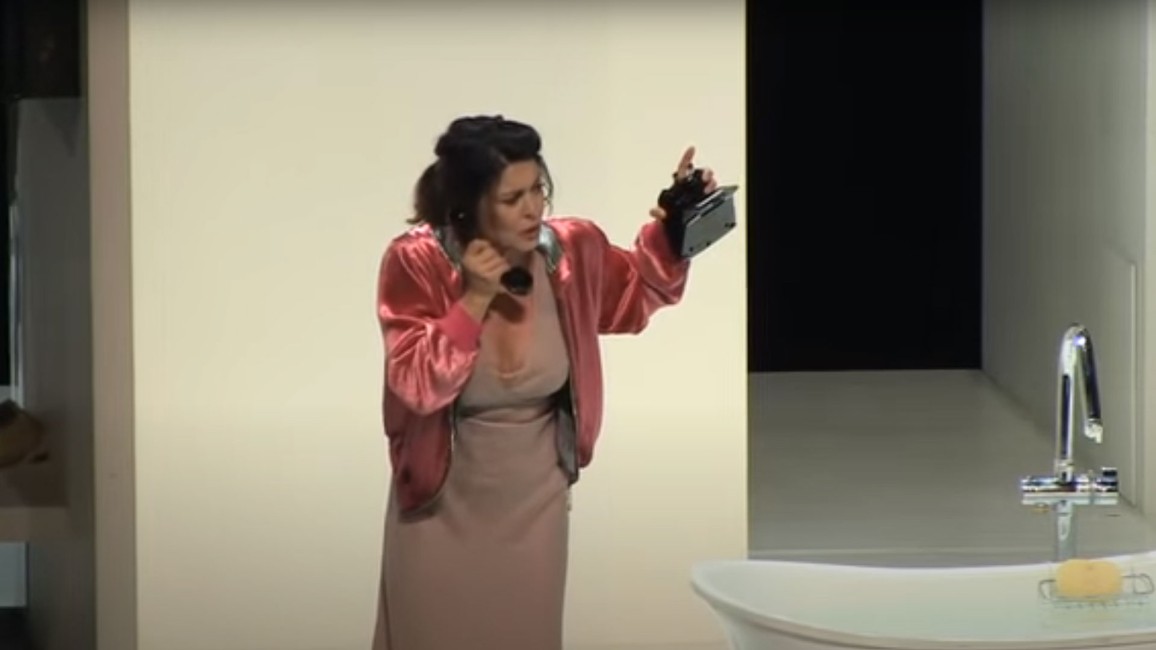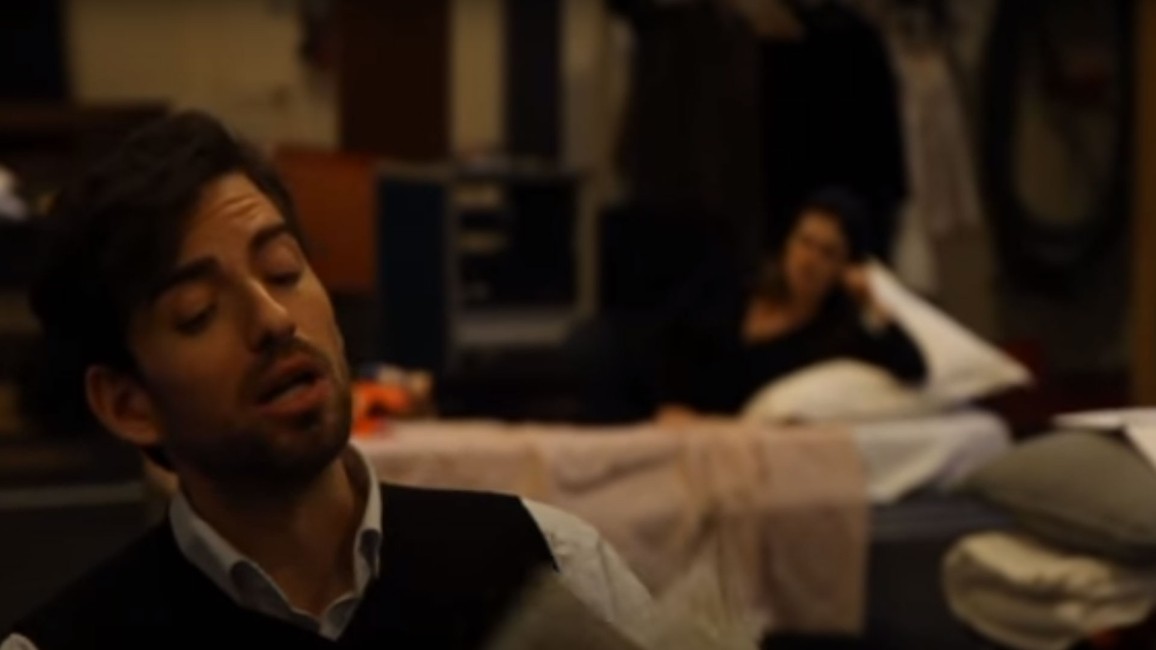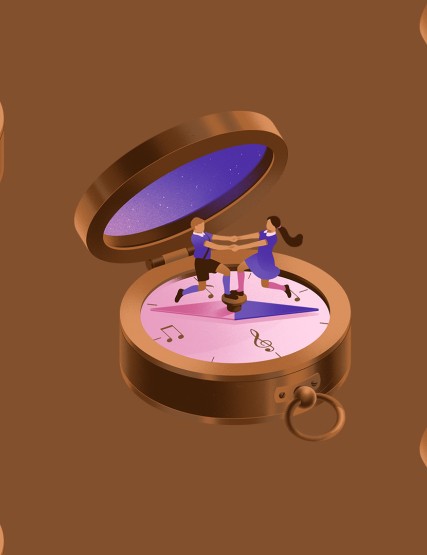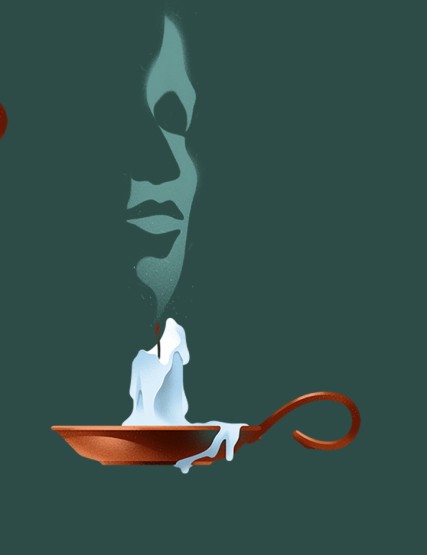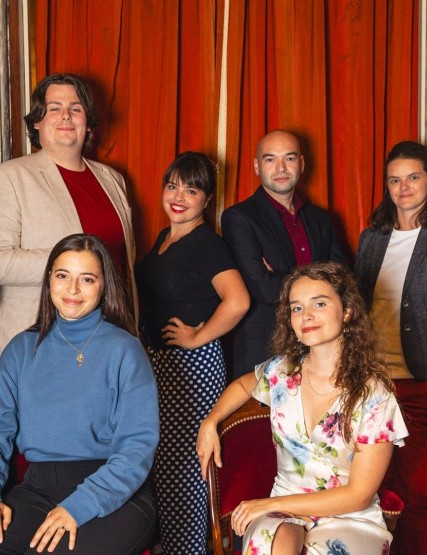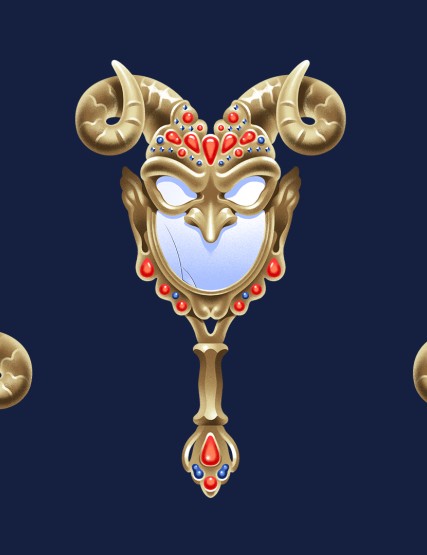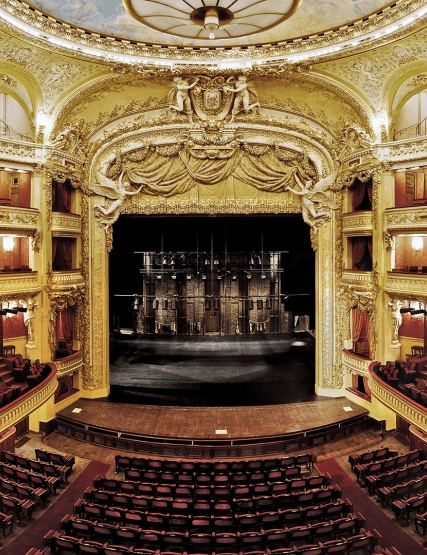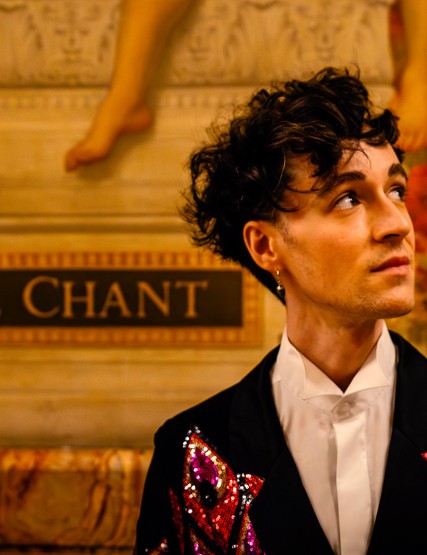Il Segreto Di Susanna - Intermezzo in one act, 1909. Libretto by Enrico Golisciani.
La Voix humaine - Tragédie lyrique in one act, 1959. Libretto by Jean Cocteau.
Performed in Italian and French with supertitles. Presentation of the work by Agnès Terrier 40 minutes prior to each performance
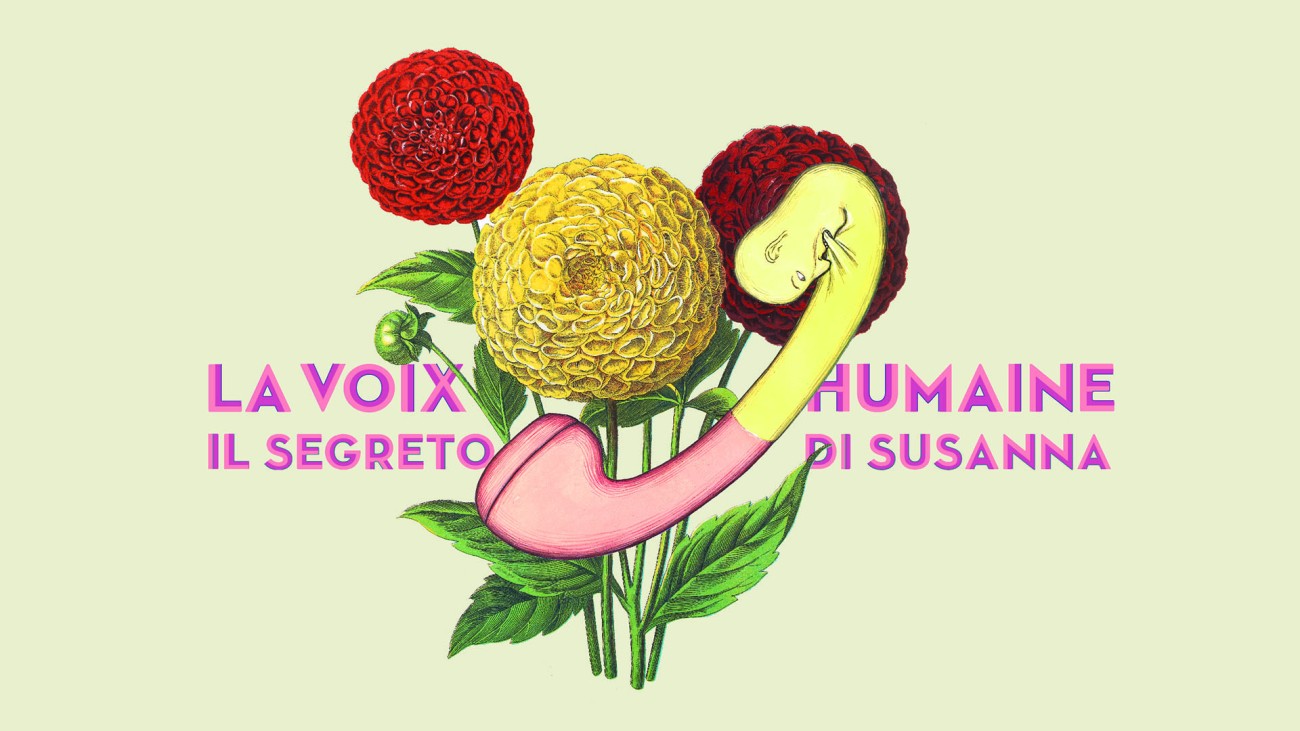
One singer in two contrasting operas
La Voix humaine, a tour de force concocted by Poulenc on Jean Cocteau's monologue for his muse Denise Duval, is known by the public of the Salle Favart where it was first performed.
A woman facing absence and a telephone by way of dramatic structure establish the portrayal of a quasi-expressionistic pain, far from operatic devices. “You set once and for all the way of saying my text,” Cocteau admitted.
More uncommon, Le Secret de Suzanne depicts the beginnings of women's liberation in a delectable comedy. With a Goldoni-like wit, German-Italian Wolf-Ferrari scoffs at another accessory of men's domination in the early 20th century: the cigarette. Proof that opéra comique, of which Wolf-Ferrari was an ardent advocate, had remained essentially a genre destined to embrace the themes and issues of modernity
Il segreto di Susanna
All would be going beautifully between the dashing Count Gil and his wife Susanna were it not for a dubious smell of Turkish tobacco at their home as soon as the husband is away for too long… Could the young woman, however obedient and attributed with every virtue, conceal a lover with the complicity of Sante, the servant?
La Voix humaine
The scene, small, framed with red painted draperies, depicts the uneven corner of a woman’s bedroom; a dark bluish room with an untidy bed on the left, and a door, ajar, leading to a brightly lit white bathroom on the right. In the middle, on the wall, the photographic enlargement of some crooked masterpiece or a family portrait: anyway, an evil-looking picture. […] The curtain unveils a murder bedroom. In front of the bed, on the floor, a woman in a long shirt is lying, as if killed. Silence. The woman sits up, changes her pose and stays still again. Finally, she makes up her mind, stands up, takes a coat from the bed, goes toward the door after stopping in front of the telephone. When she touches the door, there is a ringing. She drops the coat and rushes forward. […] From this minute, she will speak standing, sitting, showing her back, her front, her profile, kneeling behind the back of the armchair, her head cut off, resting on the chair back, she will pace round the room trailing the wire till the end when she falls flat on her face. Then her head will hang down and she will drop the receiver like a stone. […] The style of this act excluding anything akin to brilliance, the author advises the actress who will perform it without his supervision not to show any irony from a hurt woman or any bitterness. The character is a mediocre victim, in love throughout; she tries but one ruse: throw the man a line so that he admits to lying, so that he does not leave her with this petty memory. He wants the actress to give the impression of bleeding, like a limping animal, of ending the act in a room full of blood. Jean Cocteau
Music direction, Pascal Rophé • Staging, Ludovic Lagarde • With Anna Caterina Antonacci, Vittorio Prato, Bruno Danjoux • Orchestre Philharmonique du Luxembourg
See all the castWednesday, March 20, 2013 - 8:00pm
Saturday, March 23, 2013 - 8:00pm
Tuesday, March 26, 2013 - 8:00pm
Friday, March 29, 2013 - 8:00pm
Salle Favart
120, 95, 72, 41, 15, 6 €
Cast












Orchestre Philharmonique du Luxembourg
Production, Les Théâtres de la Ville de Luxembourg, Opéra Comique
Co-production, Opéra Royal de Liège
Partnership








